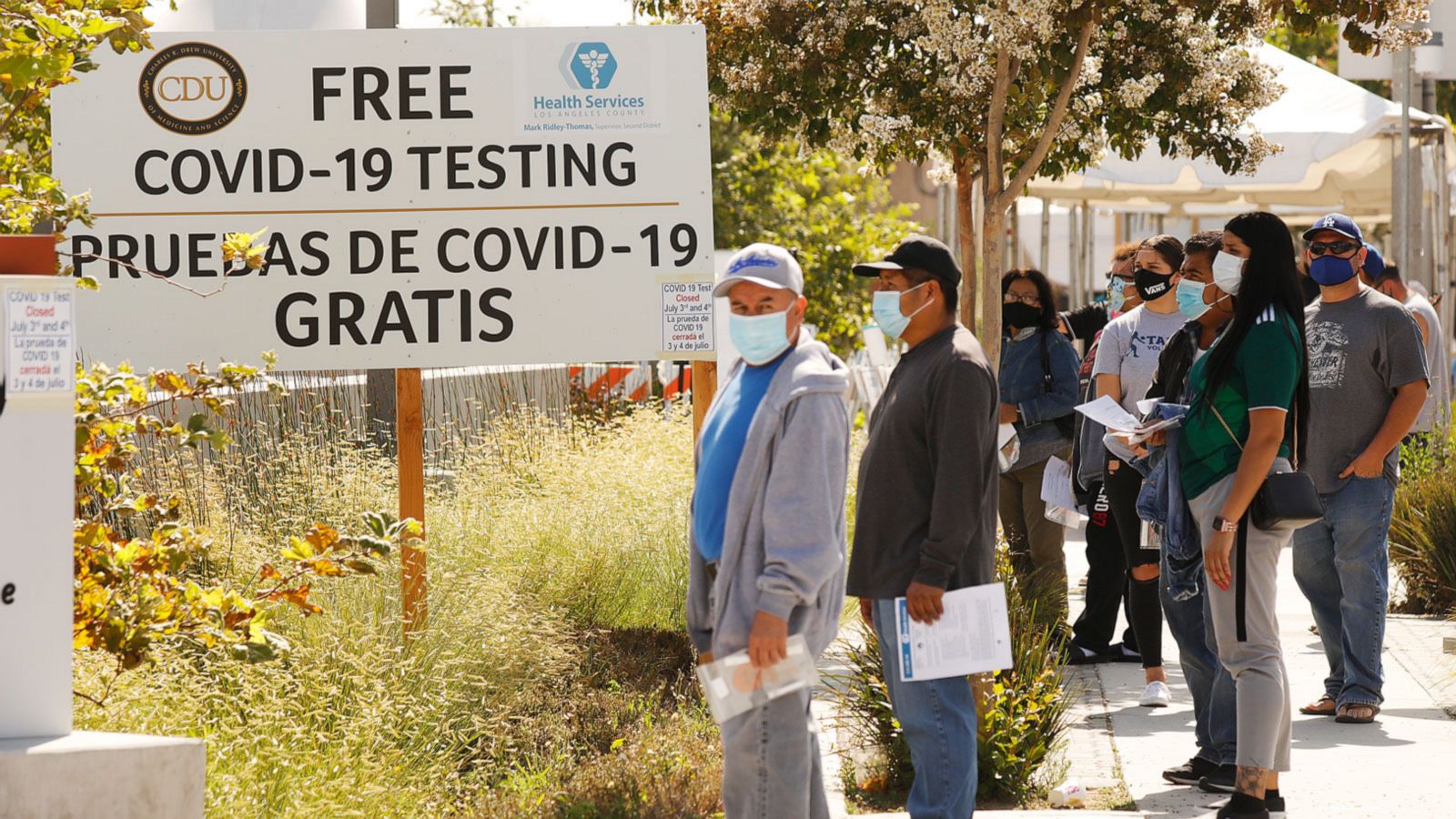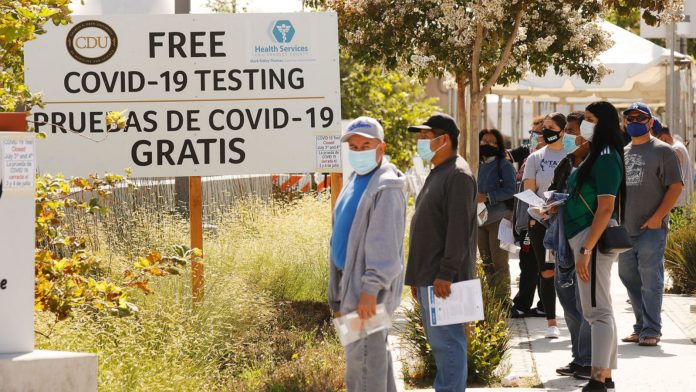It’s been about four months since the National Bureau of Economic Research declared that the U.S. was officially in a recession, and what a weird recession — and recovery — it’s been. The stock market has been merrily chugging along since February, when the recession began; disposable income increased even though millions of Americans were out of work; and unemployment has been bouncing back much faster than economists expected.
But there’s still a lot of uncertainty about what will happen as winter approaches and COVID-19 cases start to tick up again. And many economists are still not very optimistic about the speed of our trajectory back to a pre-pandemic economy — even though some signals might be improving.


In May, FiveThirtyEight kicked off a biweekly survey of 30-odd quantitative macroeconomists in partnership with the Initiative on Global Markets at the University of Chicago Booth School of Business. We asked the economists to forecast the trajectory of various economic indicators. And after 10 rounds of questions, it’s clear that on some metrics — particularly unemployment — the economists have become a lot more bullish about the speed of the recovery. Yet that optimism hasn’t translated into greater confidence that we’ll be back to economic normalcy anytime soon. In the latest round of the survey, conducted from Oct. 9 to 12, the economists collectively thought there was a 66 percent probability that the economy won’t truly be back to normal until 2022 or later.
“We generally think of the recession as something of a ‘swoosh’ shape, and we are now on the slow part of the rebound,” said Jonathan Wright, an economics professor at Johns Hopkins University who has been consulting with FiveThirtyEight on the design of the survey. “It was always easier to say that the recovery will be a slow grind than to know the near-term trajectory. So it makes sense that while economists got much more optimistic about the near-term, they largely kept their view that the damage will take a long time to repair.”
We looked at a handful of questions that we asked in nearly every round of the survey to see how things changed between the late spring and now. On one question — about the state of unemployment in December 2020 — the economists got markedly more optimistic. The average point estimate for December unemployment fell from 12.8 percent in late May to 7.4 percent in the current round.


A big source of the optimism, of course, is that workers have been returning to their jobs over the past few months much faster than economists initially expected. The unemployment rate in September was 7.9 percent — down from 14.7 percent in April. So in a sense, the current 7.4 percent prediction for December is actually pretty pessimistic — because it implies that, on average, the economists think there’s a good chance the unemployment rate will fall less than a percentage point over the next three months.
When it comes to fourth-quarter gross domestic product, meanwhile, the economists’ predictions were basically back where they started. In early June, the economists forecast 4.2 percent GDP growth in the survey, with a relatively wide confidence interval. In the last round, that forecast had improved only slightly, to 4.9 percent, and the confidence interval was just as wide — signaling that they hadn’t gotten any more sure about the outcome over the intervening months, either.


Of course, it’s worth noting that their forecasts for third-quarter GDP got significantly sunnier over the course of the summer, which might be part of the reason they weren’t expecting more quarter-over-quarter growth between the last two quarters of the year. But note how unsure economists still are about our economic situation at the end of the year. Allan Timmermann, a professor of economics at the University of California at San Diego who has also been consulting with FiveThirtyEight on the survey, said it’s “truly extraordinary” that the economists’ average band of uncertainty around their point estimate is essentially unchanged since June. “Normally, uncertainty would have been significantly reduced over such a long horizon,” he said.
Timmermann chalked up the uncertainty to the fact that so much remains unknown about how the pandemic will evolve. “Uncertainty about the trajectory of the virus and its impact on service sectors such as hospitality, travel, entertainment, eating out, remains in the forefront and has not really been resolved at this point,” he said. “Many firms are hoping to outlast the virus, but even at this point it is very unclear how long the pandemic will last.”
And that is perhaps why economists’ long-term estimates remain almost as dour as they were when the survey began. In every round, we asked them when GDP would return to pre-pandemic levels. Early on, the economists thought that there was a 67 percent chance that we wouldn’t be back to that point until the first half of 2022 at the earliest. In the last round, that outlook was basically unchanged.
Economists still think recovery will be slow
Expert estimates of when real GDP will have caught up to its pre-crisis level (Q4 2019)
| round 2 | round 10 | difference | |
|---|---|---|---|
| Earlier than first half of 2021 | 2% | 1% | -1 |
| First half of 2021 | 11 | 8 | -3 |
| Second half of 2021 | 21 | 25 | +4 |
| First half of 2022 | 22 | 26 | +4 |
| Second half of 2022 | 20 | 20 | 0 |
| First half of 2023 | 12 | 11 | -1 |
| Second half of 2023 | 7 | 5 | -2 |
| After second half of 2023 | 6 | 4 | -2 |
Wright, meanwhile, thought it was possible that more bad news awaits us — in part because Congress still hasn’t acted to pass a second wave of fiscal stimulus, which the economists consistently told us was necessary to speed the economic recovery. “The combination of delayed fiscal stimulus and bad news on the virus could indeed cause something of a double dip later this year,” he said.
Neil Paine contributed research.

